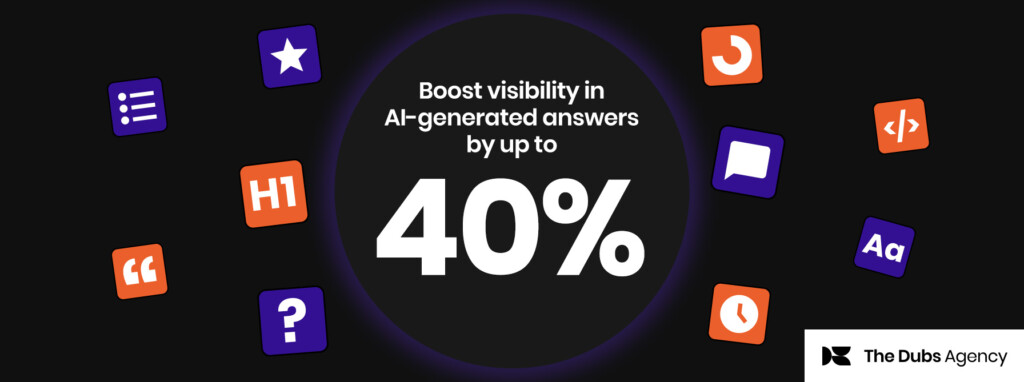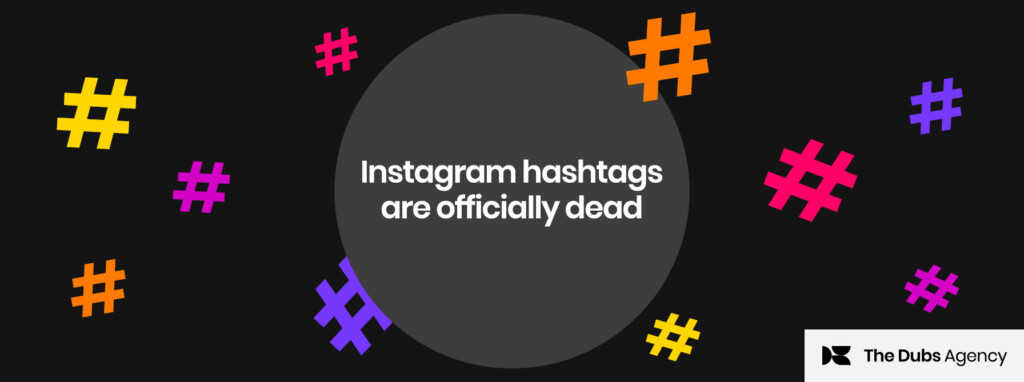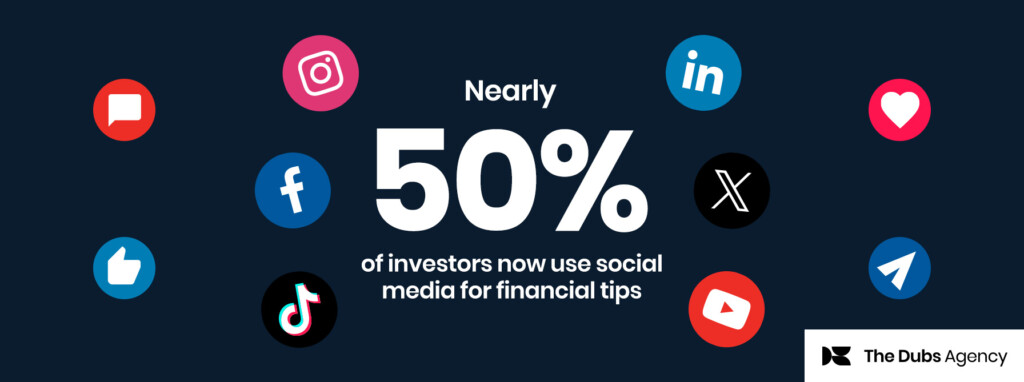While not impossible, it’s more difficult to push customers through the marketing funnel if you have no way to communicate with them in a personalised and individualised manner. This is where gated content can be a powerful tool. By offering valuable resources in exchange for contact information you can build a pipeline of qualified leads. Read on to master the art of gated content.
The effectiveness of gated content formats
91% of marketers say lead generation is their most important goal. Despite this, only 5% of marketers ‘always’ gate content, 34% ‘sometimes’ and 25% ‘often’. While gated content shouldn’t be your only lead generation strategy, it should feature prominently in your content marketing plan. But what makes a good gated content strategy?
At the end of the day, if your gated content isn’t of interest to your audience then they won’t subscribe and provide their contact information. Additionally, recognising different mediums require different strategies is key to ensuring your gated content strategy is a success.
Gating whitepapers is highly effective for financial marketers as they offer in-depth analysis of complex financial topics. These cater to the sophisticated needs of potential clients seeking comprehensive insights and can establish your finance brand as a thought leader. This helps attract high-quality leads and potential clients.
Webinars provide an interactive platform for financial marketers to showcase expertise. The real-time nature of webinars allows for immediate engagement and clarification of complex financial concepts. Additionally, the follow-up opportunities post-webinar are strong, making this format a robust lead-generation tool.
“ 91% of marketers say lead generation is their most important goal.”
E-books are versatile and can cover a broad range of topics in detail, making them a valuable asset in your brand’s content arsenal. They’re particularly effective when addressing the lifecycle needs of clients, from retirement planning to investment strategies. E-books can be easily shared, increasing the likelihood of capturing additional leads through referrals.
Each of these content formats serves a unique purpose in the lead generation funnel and their effectiveness can be amplified when used in combination. For instance, a whitepaper can lead to a webinar invitation, which can then promote a related e-book, creating a cohesive journey for the prospect.
Best practices for creating valuable gated content
Gated content should be well crafted to resonate with sophisticated financial audiences. Here are some best practices:
- In-depth research and insights: Financial advisors and their clients expect content that goes beyond surface-level information. Comprehensive research, market analysis, and proprietary insights can differentiate your content. This not only attracts high-quality leads but also establishes credibility.
- Personalisation: Tailoring content to specific client segments can significantly enhance its effectiveness. For example, an e-book on retirement planning for millennials should differ from one targeting baby boomers. Personalised content shows an understanding of the unique needs and challenges of selected client groups.
- Engaging formats: While the depth of information is crucial, the presentation is equally important. Infographics, charts, and case studies can make complex data more digestible and engaging. Interactive elements in webinars, such as Q&A sessions and polls, can also enhance the user experience.
- Clear value proposition: The gated content should clearly articulate the value it offers. A compelling description highlighting the benefits and key takeaways can entice users to provide their contact information.
- Compliance and accuracy: Financial content must adhere to regulatory standards and ensure accuracy. Misinformation can not only lead to legal repercussions but also damage the firm’s reputation. Collaborating with compliance teams during the content creation process is essential.
Metrics for measuring success
Advisors should track metrics aligned with lead generation goals to evaluate the effectiveness of gated content. Key metrics include:
- Conversion rate: The percentage of visitors who provide their contact information to access the gated content. A high conversion rate indicates the content is perceived as valuable.
- Lead quality: Assessing the quality of leads generated through gated content involves tracking their progression through the sales funnel. Metrics such as lead scoring, engagement level, and the rate of leads turning into clients provide insights into content effectiveness.
- Engagement metrics: For webinars, metrics like attendance rate, duration of participation, and engagement during the session (e.g., questions asked, and poll participation) are key indicators. For e-books and whitepapers, download rates and time spent on the content can provide valuable insights.
- Return on Investment (ROI): Calculating the ROI of gated content involves comparing the costs of content creation and distribution against the revenue generated from converted leads. This helps determine the overall financial impact of the content strategy.
- Feedback and adaptation: Gathering feedback from leads and clients who accessed the gated content can provide qualitative insights. This feedback can refine future content, making it more aligned with client needs.
Gated content can significantly enhance lead generation when executed strategically. By leveraging diverse content formats you can attract and engage high-quality leads. Monitoring key metrics ensures content remains effective and drives meaningful engagement and conversions.









